Artists in “Hypothetically” Exhibition Propose Radical Solutions to Contemporary Challenges
For immediate release

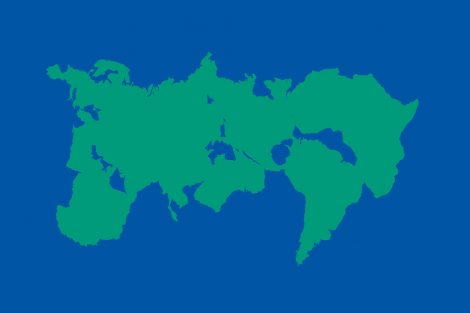
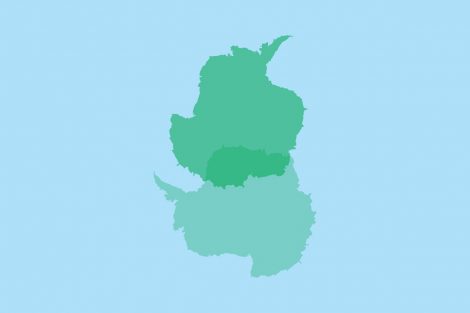
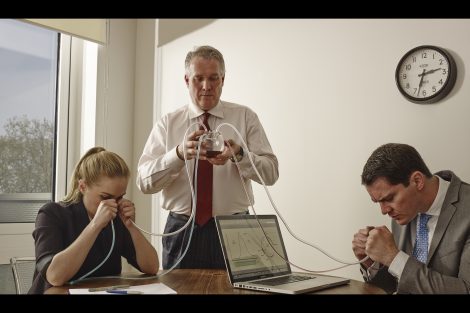
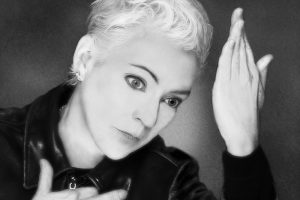
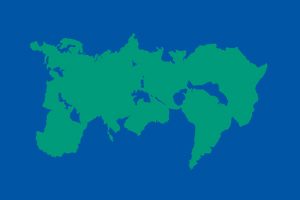

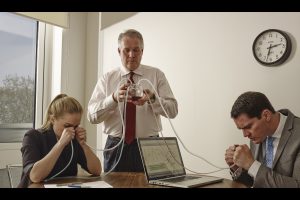
Lafayette College Art Galleries presents “Hypothetically,” an exhibition that features the work of artists Kathy High, Jonathon Keats, and Raphael Kim. Each create work that proposes inventive approaches to persistent issues, from the level of the microbe to the whole of the planet. The exhibition runs through April 17 at the Grossman Gallery, located in the Williams Visual Arts Building, 24 North Third Street, Easton, Pa.
Guest Curator Julia Buntaine will present a public lecture, on Wednesday, March 21, 4:10 p.m.., in Williams Center 108, 317 Hamilton Street, Easton. A reception for the artist will take place at the Grossman Gallery directly following the talk.
The exhibition and related programs are free and open to the public.
###
Walking the lines of the allowable in bioethics and the possible in technology, “Hypothetically” guest curator Julia Buntaine selected the work of Kathy High, Jonathon Keats, and Raphael Kim–artists who create work that proposes experiments, initiatives, and solutions to persistent issues, from the level of the microbiome to the whole of the planet.
Collaboration between the arts and sciences is a popular notion that has evolved far beyond a buzz word. Artists are often the champions of the charge for cross-disciplinary work because they are free to take risks which others may deem improbable, irresponsible, or impossible.
Kathy High’s series of photographs Kathy as Bowie raises questions about the future of humans as biological and mechanical transplants become easier to accomplish and integrate: what percentage of our own cells need to be present for our bodies to remain our own. Can we become more like the person who provided the cell material?
In Pangaea Optima, San Francisco artist Jonathon Keats provides a solution to counter climate change by bringing us all—that is, our Earth’s continents—a bit closer together. Pangaea Optima proposes a migrating, shifting and merging of all continents into a super-continent, using geoengineering principles to solve the issue at the core of climate change. Pangaea Optima’s proposal drastically changes the face of our planet—from continents entering entirely new climate zones to newly shared borders testing historically tenuous relationships. Through this project we are left to wonder if the only way to save our planet is to change it entirely,
Raphael Kim’s Microbial Money casts microorganisms in the role of oracle to better predict the behavior of the economy. Kim pairs the unpredictable nature of biology with the fluctuating nature of the finance industry, proposing that we use nature, on the micro-level, to guide our decisions while navigating the macro-state of the economy. Microbial Money is not without scientific precedent. In 2015 scientists from University of Austin, Texas, published a paper on analogous behaviors in advantageous stock trading and bacterial interaction. Kim’s photographs put us in the moment of the micro-action but leaves out the specifics, letting our imagination wander in this fictional but recognizable reality.
Gallery visitors are invited to participate in the exhibition in “Everything is possible, including the impossible.”
A sketchbook is available for visitors to write, draw, and draft hypothetical projects. What problem large or small would you solve, how, and why? What opportunities does our hypothetical future hold, and what do they look like in your mind’s eye? In the hypothetical, our ideas can exist without worldly constraints like physics, regulations, and budgets. In the hypothetical, everything is possible, including the impossible.
Curator Julia Buntaine is a conceptual artist, director of SciArt Center, and editor in chief of SciArt Magazine. Buntaine attained her double BA in neuroscience and sculpture from Hampshire College, her post-baccalaureate certificate in Studio Art from Maryland Institute College of Art, and her MFA of Fine Arts from the School of Visual Arts. She also teaches, consults, curates, and frequently writes about art, and is currently the Innovator-in-Residence at Rutgers University.
Additional information about the exhibition can be found at the gallery website.
####
Lafayette College is located in Easton, Pennsylvania, on the scenic Delaware River, 72 miles from New York City, and 60 miles from Philadelphia. For more information and gallery hours, visit the art galleries’ website: galleries.lafayette.edu.
Easton is served by Trans-Bridge Lines, a commuter bus from the Port Authority Bus Terminal in New York City.
For more information, contact: Michiko Okaya, director of art galleries, artgallery@lafayette.edu, or Jennifer Philburn, philburj@lafayette.edu; visit galleries.lafayette.edu or find us on Facebook, Twitter, and Instagram.
All gallery lectures and exhibitions are free and open to the public. They are sponsored by Lafayette Art Galleries.
Lafayette College Art Galleries and EPI receive state arts funding support through a grant from the Pennsylvania Council on the Arts, a state agency funded by the Commonwealth of Pennsylvania, and the National Endowment for the Arts, a federal agency.
Images: High resolution images are available at https://flic.kr/s/aHskx9RBwE, and through DropBox or Hightail by request.
-End